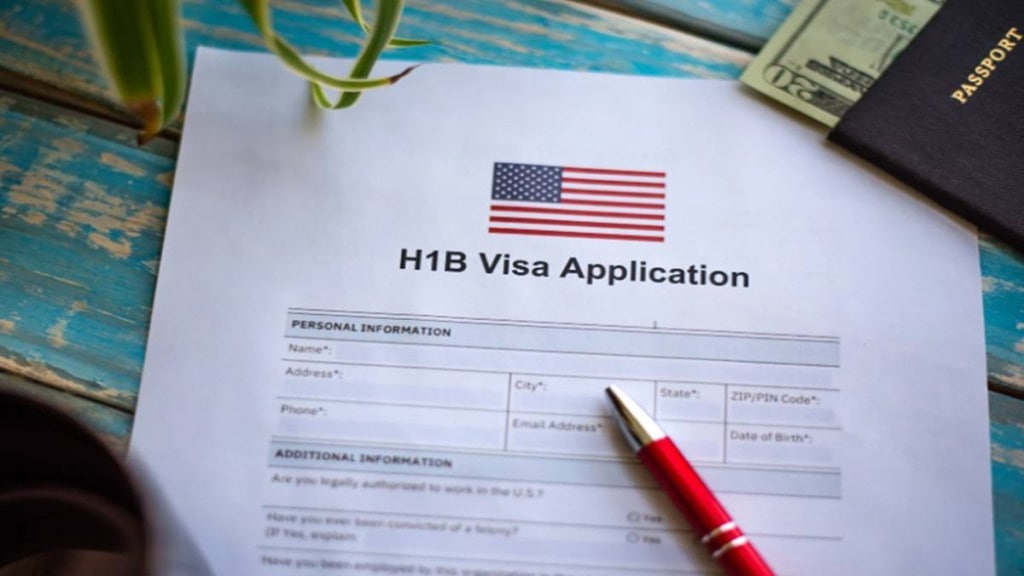The US Administration has proposed a sharp change to the H-1B visa regime, one that could tilt the playing field in favour of highly paid professionals while making life harder for outsourcing firms that depend on lower-cost talent.
A notice filed in the Federal Register on Tuesday outlines a plan to replace the current random lottery with a selection process weighted by wage levels. The idea is simple — applicants offered higher salaries stand a better chance of winning one of the 85,000 annual H-1B slots.
What does the Department of Homeland Security draft say
The Department of Homeland Security (DHS), in its draft, put it bluntly. “Because demand for H-1B visas has exceeded the annual supply for more than a decade, DHS prefers that simultaneously submitted registrations be selected in a manner that favours beneficiaries earning the highest wages relative to their SOC codes and area(s) of intended employment,” it said. Employers are required to specify the Standard Occupational Classification (SOC) code while applying.
For Silicon Valley majors, the rule offers reassurance. If they are willing to pay premium wages, they can continue to hire international talent with specialised skills. But for Indian IT services providers, which have traditionally relied on H-1B visas to send staff onsite at lower cost, the change could impact their business model.
The proposal lands days after another disruptive announcement. A proclamation last Friday imposed a $100,000 fee for new H-1B applications, leading to confusion across the tech industry. Some firms even warned foreign employees to avoid travel until the US Administration clarified that the fee applied only to fresh petitions, not renewals.
Together, the fee hike and the wage-linked selection signal a clear policy direction of limiting the access for lower-paid foreign staff while ensuring American tech giants can still draw on top-tier talent.
“The proposal seems to be aimed at protecting American Big Tech’s need to source highly skilled professionals with domain expertise from India, while protecting the regular tech jobs from cost arbitration offered by service providers,” Pareekh Jain, chief executive of EIIRTrend, a technology research platform, told Fe.
Analysts said that the measure could accelerate existing shifts. “Viewed in conjunction with the hike in visa fees, the signal is clear. Only allow foreign workers who bring something the US worker is not skilled with. For IT companies, this will further increase offshoring and near-shoring, which was to be expected with the fee hike anyway,” an analyst at a leading brokerage said.
All about H-1B programme
The H-1B programme has long had two distinct sets of beneficiaries. US-headquartered technology firms use it to hire engineers and specialists with niche expertise in areas such as artificial intelligence, cloud computing and cybersecurity. Indian outsourcing majors such as Infosys, Cognizant and TCS, meanwhile, have deployed it to send engineers on onsite assignments, often at lower cost than local hires.
By aligning the lottery with wage levels, the Administration is effectively privileging the former group over the latter.
Data from the US Citizenship and Immigration Services’ 2024 Employer Data Hub underscores this divide. Amazon was the top H-1B sponsor with 9,257 approvals, followed by Google (5,364), Meta (4,844), Microsoft (4,725) and Apple (3,873). Indian firms also feature prominently. Infosys had 8,137 approvals, Cognizant 6,313 and TCS 5,272. But the way the two sets of companies use visas differs sharply, one for high-value, niche roles, the other for cost-efficient staffing.
That distinction is precisely what the proposed overhaul aims to harden. By making higher salaries the gatekeeper, the US Administration is seeking to protect local jobs from wage competition while preserving access to global talent for firms willing to pay a premium.
If adopted, the rule could reshape the talent pipeline into the US. Big Tech may continue to pull in international specialists, albeit at steeper costs, while outsourcing firms may find their traditional route narrowed, forcing more work to move offshore.
